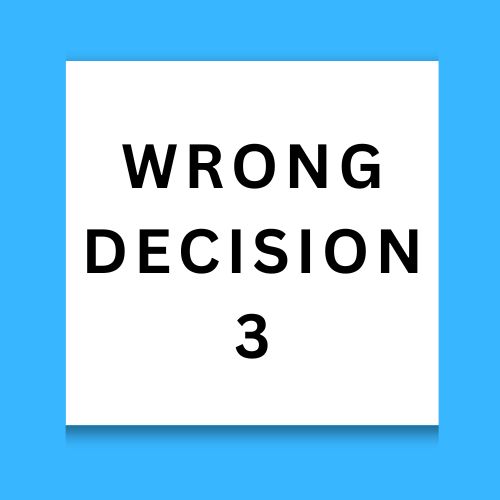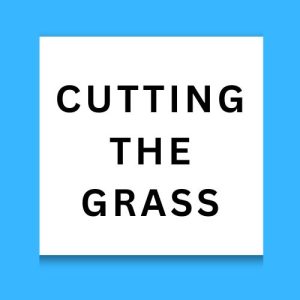Here is more free sound effects for you:
Wrong Decision 3: The Perfect Sound Effect for Indicating a Mistake
When designing user interfaces for apps and games, sound effects play a crucial role in providing feedback to the user. One of the most essential sound effects in this context is the “wrong choice” sound, which signals to the user that they have made an incorrect decision. The sound effect “Wrong Decision 3” is a prime example of such an audio cue, designed to effectively communicate failure or error. This sound effect is versatile and can be used in various applications, from mobile apps to video games and beyond.
What is Wrong Decision 3?
“Wrong Decision 3” is an interface sound effect specifically created to indicate a wrong choice or a failed attempt. It features a distinct, sharp tone that immediately grabs the user’s attention and clearly communicates that an error has been made. This sound is short, crisp, and designed to be easily recognizable, ensuring that users quickly understand the feedback they are receiving.
Why Use Sound Effects in User Interfaces?
Sound effects in user interfaces serve several important functions:
- Feedback: Sound effects provide immediate feedback to users, confirming their actions and helping them understand the outcomes. In the case of “Wrong Decision 3,” the sound clearly indicates that the user has made an incorrect choice, prompting them to try again.
- Engagement: Well-designed sound effects can enhance the overall user experience, making interactions more engaging and enjoyable. By incorporating sounds like “Wrong Decision 3,” developers can create a more immersive and interactive environment.
- Accessibility: Audio cues can assist users with visual impairments or those who are otherwise unable to see the screen clearly. “Wrong Decision 3” helps ensure that all users receive important feedback, regardless of their visual abilities.
- Efficiency: Sound effects can speed up the user interaction process by quickly conveying information. Instead of reading a message or interpreting a visual cue, users can instantly understand feedback through sound.
Applications of Wrong Decision 3
“Wrong Decision 3” is a versatile sound effect that can be used in various contexts, including:
- Mobile Apps: In mobile applications, “Wrong Decision 3” can be used to indicate invalid input, failed login attempts, or other errors. For example, if a user enters an incorrect password, this sound effect can be played to inform them of the mistake.
- Video Games: In gaming, sound effects are crucial for creating an immersive experience. “Wrong Decision 3” can be used in quiz games, puzzle games, or any game where players need to make choices. It can signal incorrect answers, failed attempts, or loss of points.
- Web Applications: On websites and web apps, “Wrong Decision 3” can be employed to notify users of errors in form submissions, incorrect selections, or denied access to certain features.
- Devices and Gadgets: This sound effect can also be integrated into electronic devices and gadgets to indicate invalid operations, such as pressing the wrong button or attempting an unsupported action.
Characteristics of Wrong Decision 3
“Wrong Decision 3” has several key characteristics that make it an ideal choice for indicating errors:
- Distinctiveness: The sound is unique and easily distinguishable from other audio cues, ensuring that users immediately recognize it as an error indication.
- Brevity: The sound effect is short and to the point, providing instant feedback without causing unnecessary delays.
- Clarity: The tone is clear and sharp, cutting through any background noise or other sounds that might be present in the application environment.
Tags for Wrong Decision 3
To help categorize and find this sound effect, the following tags are associated with “Wrong Decision 3”:
access, app, audio, bad, decision, denied, deny, device, ding, effect, fail, failed, failure, game, gameshow, incorrect, interface, lose, low, miss, no, reject, rejected, response, show, sound, tone, wrong
Conclusion
“Wrong Decision 3” is an essential sound effect for any developer or designer looking to enhance the user experience of their app, game, or web application. By providing clear and immediate feedback to users, this sound effect helps improve usability, engagement, and accessibility. Whether you’re designing a mobile app, developing a video game, or creating a web application, “Wrong Decision 3” is a valuable addition to your audio toolkit, ensuring that users receive the feedback they need to navigate your interface effectively.




























